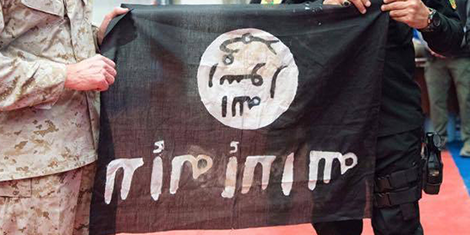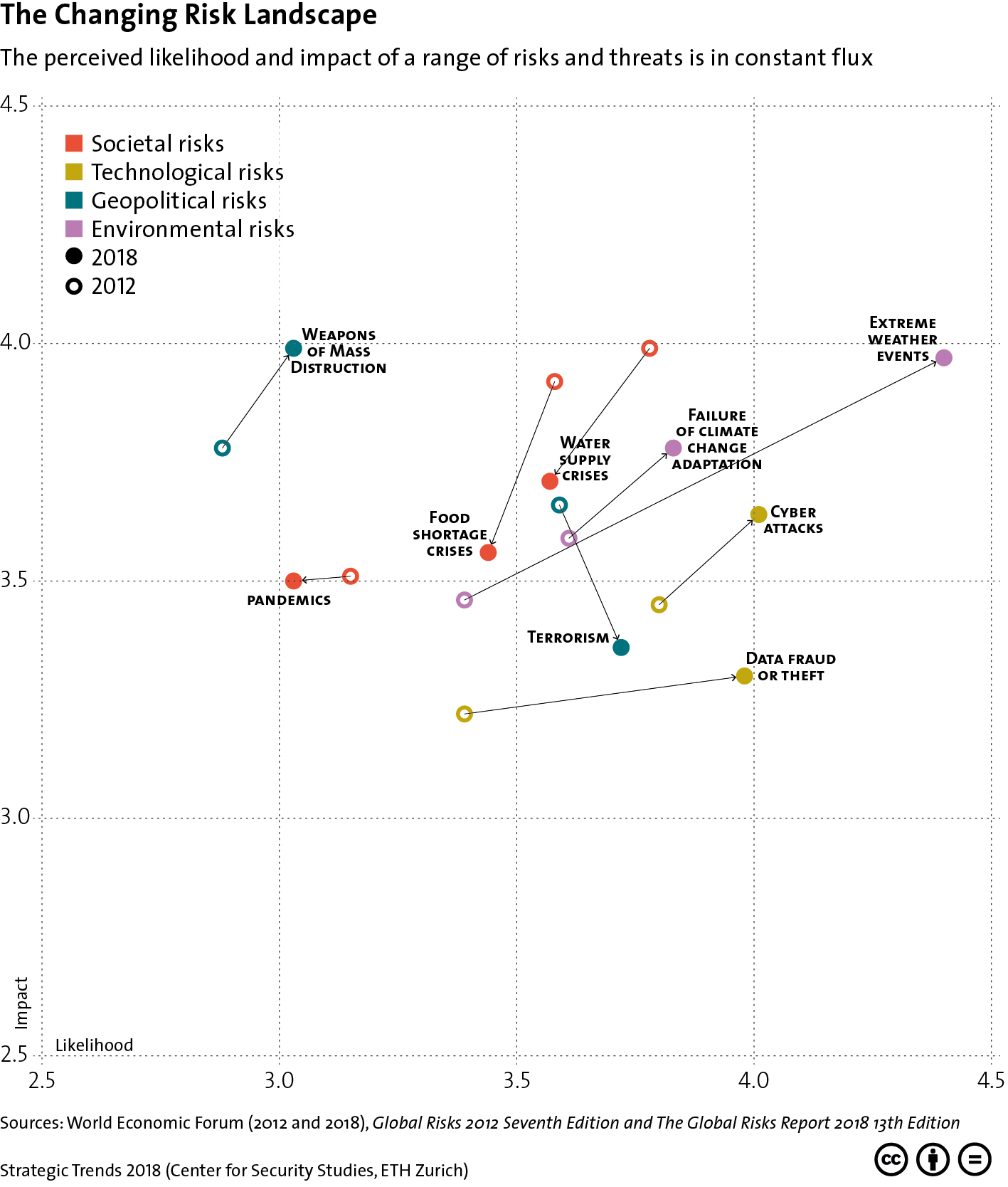
This article was originally published by War on the Rocks on 19 March 2019.
A few weeks ago, the Danish government announced it would submit to its parliament a request for the deployment of two medium lift helicopters AW101 and about 70 military personnel to the Sahel region as part of the French-led counter-terrorism operation “Barkhane.” Once the deployment is approved by lawmakers, as appears likely, Danish assets would join the operation in late 2019.
This announcement has received little attention, but it is significant — both for the fight against jihadist groups in the Sahel region and for the future of European defense cooperation. It provides an insight into a new approach to the project of building European defense, one that does not necessarily rely on the structures or complex institutional settings of the European Union, but instead focuses on pragmatic and operational cooperation between states.







